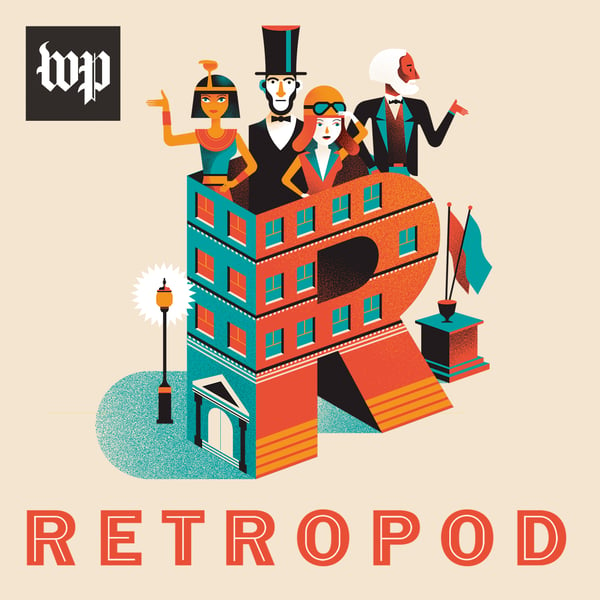The photographer who helped end child labor in America
Retropod
The Washington Post
4.5 • 670 Ratings
🗓️ 20 September 2018
⏱️ 5 minutes
🧾️ Download transcript
Summary
Transcript
Click on a timestamp to play from that location
| 0:00.0 | Hey, history lovers. I'm Mike Rosenwald with Retropod, a show about the past, rediscovered. |
| 0:14.0 | In the early 1900s, a man named Louis Heine turned up at factories, mines, and mills across the country, dressed in a three-piece |
| 0:23.1 | suit. He was a Bible salesman, he said, just a humble guy there to spread the good word to the laborers. |
| 0:30.9 | But actually, this was just a ruse. Hine had no Bibles in inventory. He was a photographer, a sociological photographer, |
| 0:41.8 | and his mission was to take photos of children working in horrific conditions. If you ever study |
| 0:49.5 | child labor and history class, you might remember seeing pictures of these children in your textbooks, |
| 0:56.1 | their eyes and coal-stained faces staring straight at you. |
| 1:00.8 | Chances are, Hein took those pictures in the early 1900s. |
| 1:05.6 | His photography influenced generations of documentary photographers and is credited with the creation of the so-called |
| 1:12.9 | photo story. And his work helped lead to the end of child labor in the United States. |
| 1:24.4 | Heinz affinity for telling the stories of the downtrodden probably came from his own start in life. |
| 1:31.0 | When he was 18, his father died, and it was up to Hein to keep his family financially afloat. |
| 1:37.8 | So he took a job at a furniture factory and worked 13 hours a day, six days a week, before moving on to a better job as a janitor, |
| 1:48.4 | a job that gave him time to take some college courses. |
| 1:54.1 | Eventually, Hine moved to Manhattan to become a teacher. |
| 1:57.6 | He also picked up photography. |
| 2:00.0 | Hein began visiting Ellis Island and photographing the new |
| 2:02.6 | arrivals, hoping that the pictures would help his students empathize with immigrants arriving in the |
| 2:08.5 | city. His photos attracted the attention of the National Child Labor Committee, whose mission |
| 2:16.2 | was ending child labor. |
| 2:18.7 | In the early 1900s, child labor was widespread and widely accepted. |
| 2:25.1 | Many believed the practice had substantial benefits. |
... |
Please login to see the full transcript.
Disclaimer: The podcast and artwork embedded on this page are from The Washington Post, and are the property of its owner and not affiliated with or endorsed by Tapesearch.
Generated transcripts are the property of The Washington Post and are distributed freely under the Fair Use doctrine. Transcripts generated by Tapesearch are not guaranteed to be accurate.
Copyright © Tapesearch 2025.

